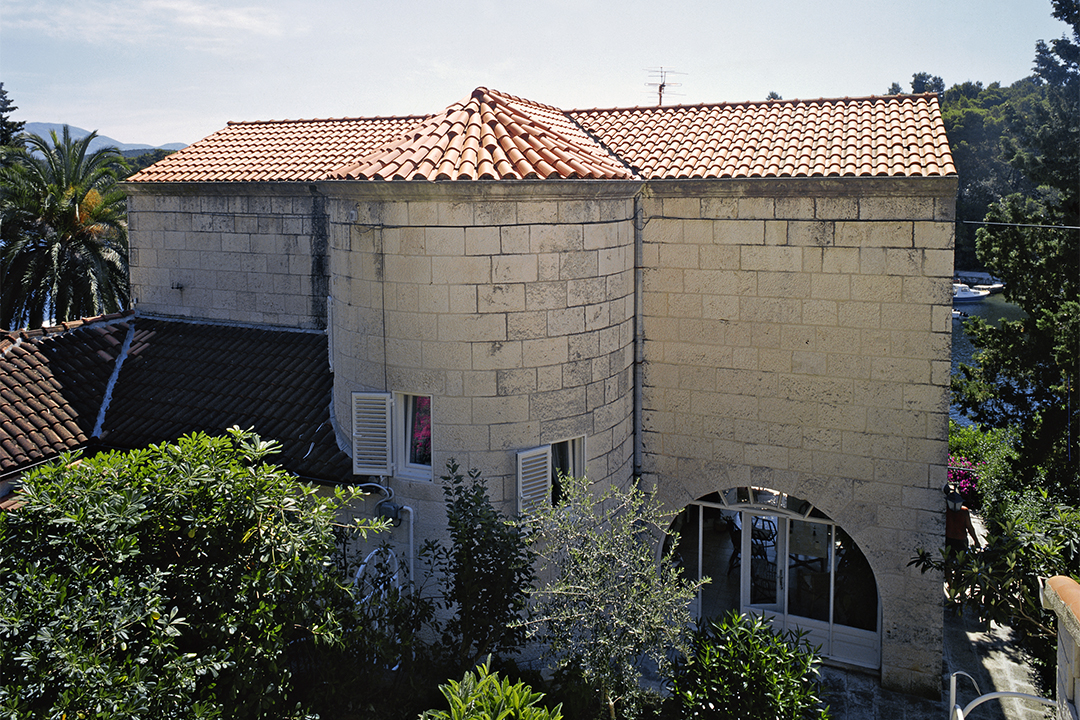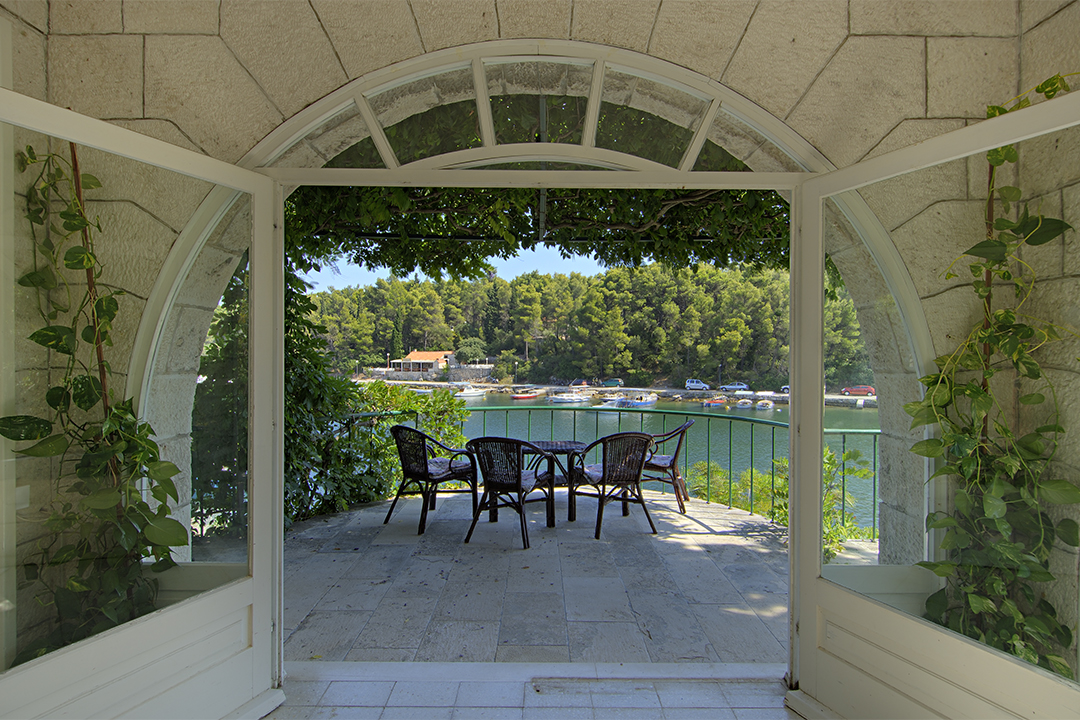If the nineteenth century was a century which strived to remember, a great part of the efforts of the twentieth century was dedicated to the goal of how to forget. There was a notion (as happens to occur cyclically between evolution and revolution) that it was necessary to delete the old in order to build the new. Nevertheless, even in the most dogmatic phases of searching for the new, an awareness of the need for continuity survived; a kind of suppressed breathing of harmony which was repeatedly disputed and settled as sediment during the centuries. The sensors of a high level of civilization have always reacted to this breath of harmony by joining in. To learn the lesson, analyze the existing, isolate the important, express anew. The art of inheriting is at the present time perhaps the most significant spiritual discipline, the one closest to the issue of survival. And this discipline has its predecessors. One of the protagonists of modernism in Croatian architecture in the twentieth century is just such a predecessor of creative memory. Villa Robić (Rosenberger) on the island of Korčula, the work of Drago Ibler from 1933, qualifies its author as a first-rate master of inheriting. Since the issue of inheriting here develops more between the building and context than within the building itself, it will be presented in accordance with this problem-oriented layer.
Two versions of the villa were designed, and the second version was built. The difference between them occurred in contracting the layout, from a T-shaped plan to a rectangular one, with added outhouse. Drago Galić, already at that time Ibler’s constant collaborator, made the drawings and supervised the execution. Although Galić was always very reserved about acknowledging his role in Ibler’s projects, this role was not insignificant and it probably enhanced precisely sensitivity to the local and individual.

Historical Mediterranean summer houses and architecture on the whole are characterized, to generalize, by whiteness (of stone), clarity, readability, stereometry, and tension in rhythmical and volume relations. When classical symmetry and balance are obvious on these, they are not the result of superficial demands of form, but suit the structure’s composition. Without regard to the clear separation of the respective domains of man and nature, of building and landscape, their contacts are materialized in a number of nuanced relations. Also, the dwelling space is situated on both sides of the wall membrane, thus creating a small nucleus of urbanity out of every building.
All these Drago Ibler applied to his villa on Korčula. It is elevated above the sea shore, like a sculpture on a pedestal: separated from the sea by two sets of stone steps; the hill on which it stands is hemmed in by stone stairs, making the ground controlled and abstract. The building’s volume is actually thin while the walls’ surface is rather closed or, to repeat a very old description, the villa is slim as a picture and tough as a fortress. Although the walls give protection from the sun and heat, and the windows serve to direct and frame the vista, the theme of opening up was, however, achieved by another motif: that of a loggia, opened in semicircular shape. This traditional arched outline of loggias, as well as of boat storage, was executed in two-dimensional and three-dimensional variations, from the arch of the loggia to the half-cylinder of the terrace’s supporting structure, and all the way to the semicircular bend in the iron fence – because a tree has to grow. Furthermore, the staircase in the house’s interior that connects the ground floor and the first floor was built inside the half-cylinder that forms a kind of an apse in the living room. The relations of rectangle and circle – or more precisely, of semicircle – pure geometrical theme, projections of surface on volume and vice versa, all are like a music score.

From heritage, Drago Ibler took the classic rectangular volume, a shallow gabled roof covered with half-round tiles, slatted window shutters, and white stone (which, to tell the truth, covers concrete and brick): one should notice the double ‘handwriting’ in the stone: the smooth, carved, rectangular stonework, and the rustic appearance (more similar to rubble) of the supporting masonry, rich in shadows. He was in line with heritage in terms of dimensions, outlines and materials. He aspired to almost ancient calmness and clarity. His composition of the façade, however, is anti-classical, asymmetric, dynamic, and results from the interior spatial division. He almost admitted nature into architecture, but he linked them by the same discipline.
Among the technical details worth mentioning in relation to this building is the purifying of water with silver in the house’s reservoir. This silver, naturally, has met its ideological destiny. Also, Villa Robić (Rosenberger) is the first building with underfloor heating in the history of our architecture.
By learning the lesson, analyzing the existing, isolating the important, and expressing anew, Drago Ilber affirmed the rights of landscape as cultural landscape; by his high stylization, he connected the local with universal, thus making his work a representative example of true modernism.